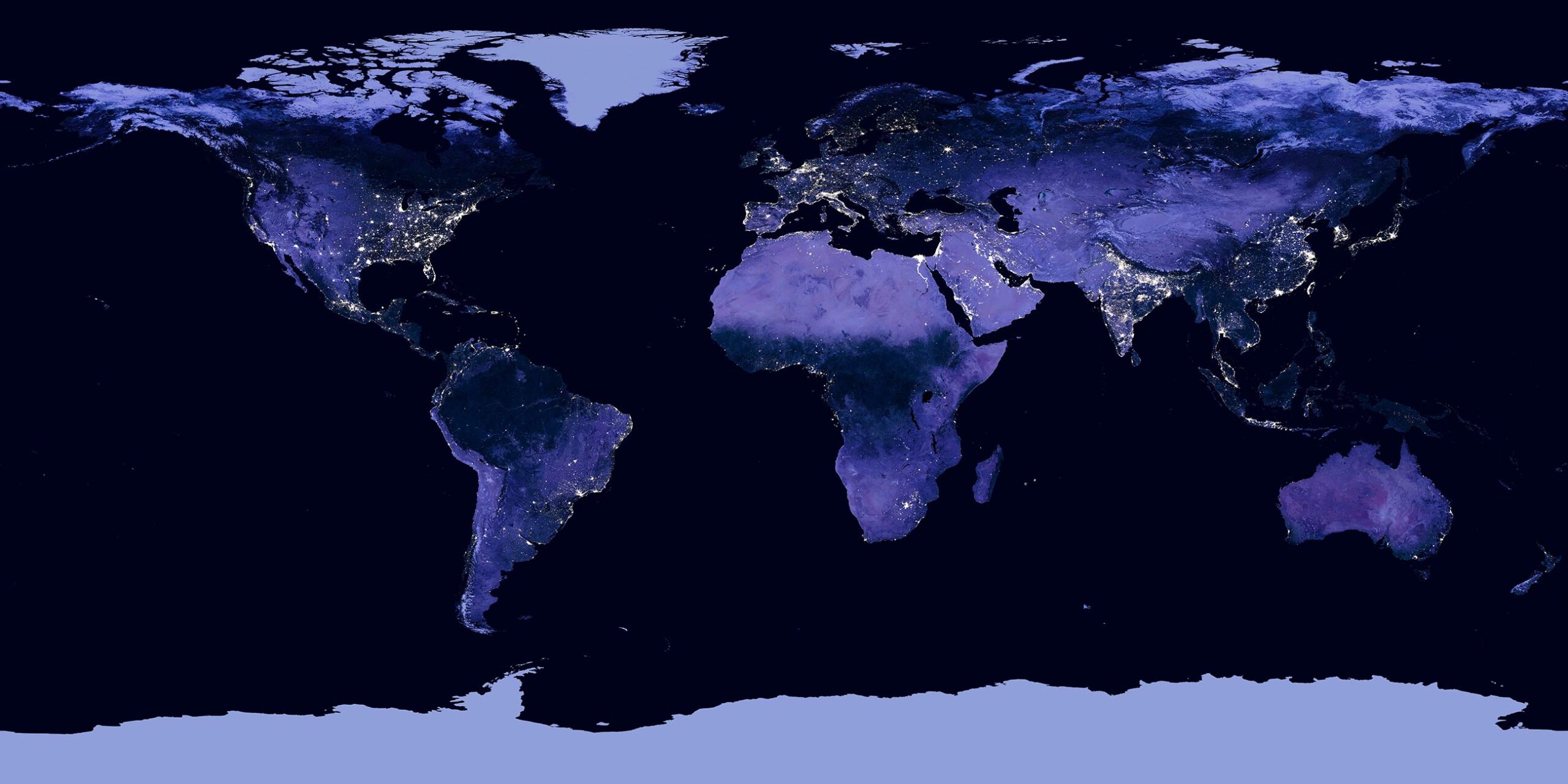At this point, some news of the last few weeks will be addressed which, from GES’ point of view, are reason for hope because they contain building blocks of a possible global solution and / or could help to develop a realistic view of the challenges ahead of us.
What are the consequences of the war in Ukraine for managing climate change? Prof. Franz Josef Radermacher, Vice Chairman of GES, addresses this in an interview for the Austrian magazine Die Wirtschaft.
After the Russian attack on Ukraine, Germany and Europe are striving to reduce their dependence on Russian energy imports, especially natural gas. In this context, various activities can be observed that would have been unthinkable just a few weeks ago.
Already today, Norway is Germany’s second largest gas supplier after Russia. And gas imports are to be expanded. Against this background, there is to be a feasibility study for a gas and hydrogen pipeline between the two countries.
Germany does not currently have a single LNG terminal for the import of liquefied gas. Now the planning is being ramped up. The federal government partly contributes to the financing. Three locations are under discussion: Brunsbüttel, Wilhelmshaven and Stade. In Brunsbüttel, the construction time for the terminal is to be three to three and a half years. The capacity of the facility is designed for about 8 billion cubic metres of gas per year. By comparison, the Nord Stream 1 pipeline transports almost 50 billion cubic metres of Russian gas. In future, the terminal in Brunsbüttel will also be designed for the import of green hydrogen. RWE is also planning an import terminal for climate-neutral ammonia in Brunsbüttel.
Voices from abroad. The American Rocky Mountain Institute has compared the ecological impact of German gas imports in terms of total climate gas emissions from production, processing and transport and consumption. The supply sources are Russia, the USA and Qatar, the latter via LNG transport. According to this study Russia has the worst record. Methane is the main problem, because of the long transport routes by pipeline, which have considerable leakages. In second position we find the USA. Gas imports from Qatar come out best in the study.
To reduce imports of Russian natural gas, E.on plans to import large quantities of green hydrogen in the future. To this end, an agreement has been signed with the Australian partner FFI. The aim is to produce five million tons of hydrogen per year around 2030.
India wants to produce the world’s cheapest hydrogen. By 2030, 5 million tonnes of green hydrogen are to be produced annually. Behind the plans are two of Asia’s richest men, Mukesh Ambani and Gautam Adani. Both have made their fortune in the Indian energy and oil business. The goal is to produce green hydrogen for less than one dollar per kilo in the future. Currently, hydrogen costs between 3 and 8 dollars per kilo.
Handelsblatt, March 4th / 5th / 6th
China is also planning gigantic solar and wind parks in the desert. There is talk of capacities of up to 450 gigawatts by 2030, about twice as much as the capacity of all German green power plants combined. In addition, there are further green power projects in China. In total, new plants with a capacity of 1200 gigawatts are to be built. At the same time, China is the largest producer of electricity from coal-fired power plants, with figures rising. China has also announced plans to produce 100.000 to 200.000 tons of hydrogen annually from renewable sources by 2025.
Der Spiegel. March 15th
A large-scale project for the production of green methanol is being built in Denmark. Siemens Energy is supplying a 50-megawatt electrolysis plant for the project. The electricity comes from a 300 MW solar park on site.




